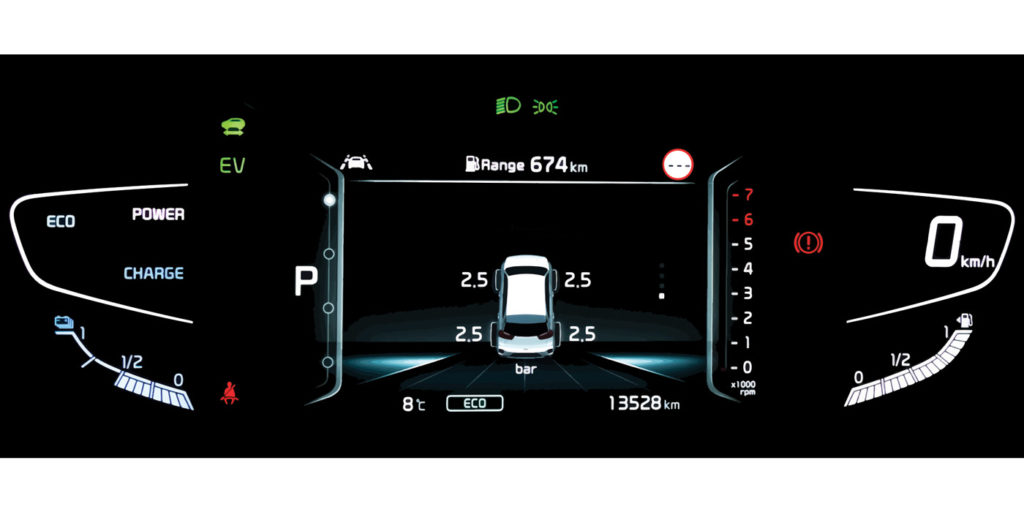For some shop owners, the thought of buying a new piece of equipment to perform a service they have sold for years is difficult to rationalize. But, it even if the basics of tire service have stayed the same, the vehicles and wheels have not.
Try the following experiment. For one week, time how long it takes to mount and dismount a tire. Make notes on the size of the tire, how many people were required, and also if the vehicle has TPMS or other factors like a reverse drop center.
Some wheel and tire packages can kill productivity of the entire shop if you do not have the right training and equipment. It might come in the form of a 20-inch rim with a tight bead that takes two techs to wrangle on to the rim. If that same wheel has a TPMS sensor, if makes the procedure even more time consuming.
After the week is up, look at what you where able to charge and how much time it took to complete the job. It may be a sobering moment, even if you use “c-techs” or “tire busters.”
Now, consider the possibility a rim, tire or TPMS sensor could be damaged and replaced at your expense. You may even want to get out of the tire business altogether. But, can you really afford to send your loyal customers to possibly your biggest competitor who wants more of your mechanical work? No. A new tire changer is not an ATM. Instead, it is an “enabler” that will allow a shop to operate more efficiently and handle a greater number of wheel assemblies while preventing damage the wheels, tires and operators.
If you make the investment in a new tire changer, you must also look at how you sell tire services at the front counter. With changes in the tire/wheel market like TPMS and larger diameter assemblies, most shops have not increased the menu pricing for tire service. Most rationalize that you make up the difference in the pricing of the new tire, but that is becoming harder in today’s competitive market where profit margins are squeezed.
Most of all, don’t be afraid to charge more for your tire services. Large tire retailers are increasing their prices for mount and so should you. Also, charge for resetting and relearning TPMS systems! If you are purchasing a new tire changer, there are three things to look for:
More Power: Many large diameter, low profile tires require more force and torque than a bead lever and the strongest operator can generate. New tool head designs can generate more force to pull difficult beads over without the strain usual caused by using a lever. Also, to change some ultra stiff tires, you need a changer with at least some type of helper (or press) system.
Protection: Look at how the new changer makes contact with the wheel. All contact points should be able to secure the wheel without any potential damage to the finish. These items should be made of or at least coated with composite plastic. Also, the operator should be able to precisely control the rollers or heads with very little effort. This can prevent damage to TPMS sensors.
Support: The strongest point on most wheels is where it bolts to the vehicle. Many modern tire changers are using this surface to secure the wheel. This is critical on some assemblies that require a lot of force to drop the bead into the drop center while feeding it onto the rim.













